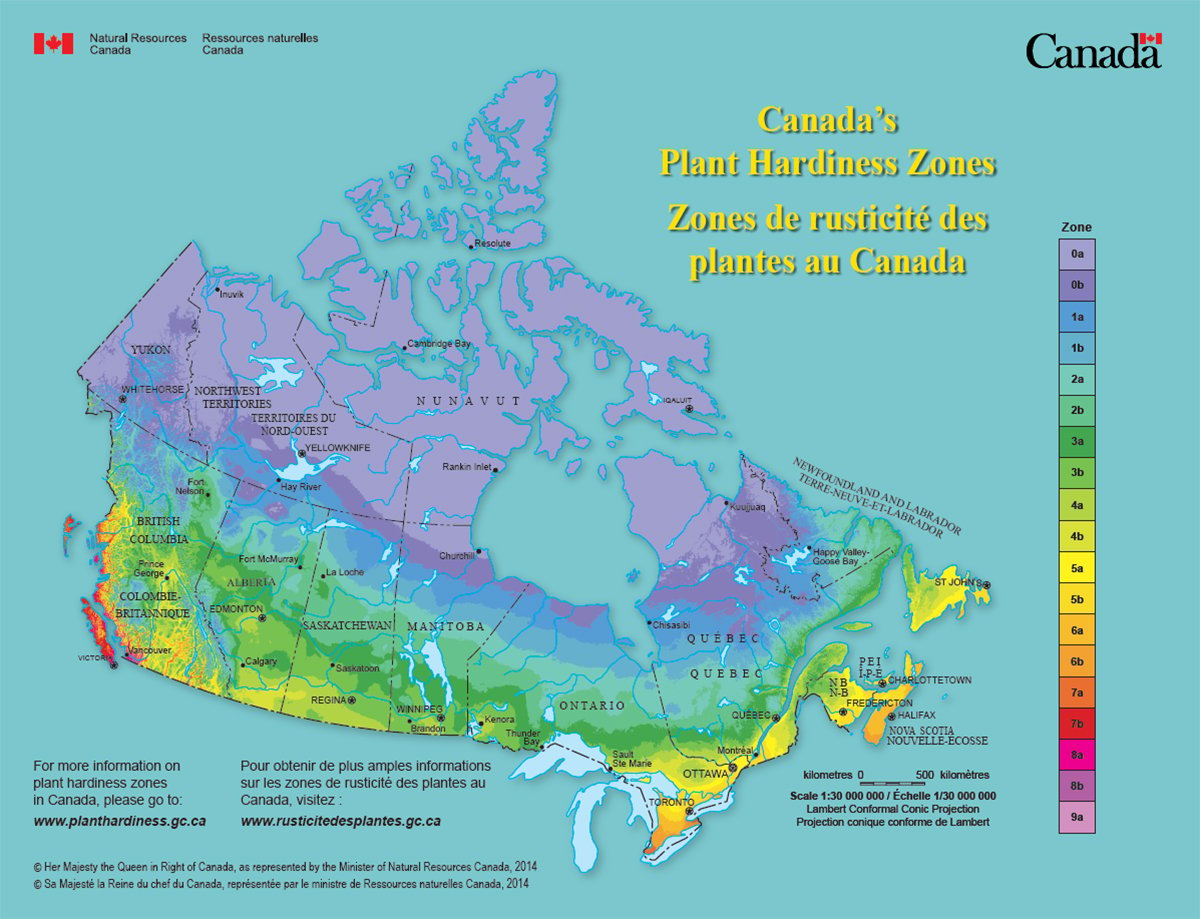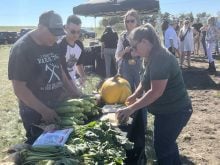Taking extra time at seeding can help farmers reduce losses at harvest, according to a new study by the Prairie Agricultural Machinery Institute.
PAMI was approached by the Canola Council of Canada to study reports from farmers and results from field trials that show canola seed damage as high as 30 percent from metering and air distribution systems in seeders.
“We couldn’t identify any of that,” said Wayne Stock, PAMI project leader.
PAMI set out to discover what was causing this damage but did not find losses greater than 10 percent in testing on two hybrid and non-hybrid seeds.
Read Also

Canada’s plant hardiness zones receive update
The latest update to Canada’s plant hardiness zones and plant hardiness maps was released this summer.
The study concluded the air seeders are doing their job well, but must be used according to manufacturers’
directions.
Stock said farmers need to study their operating manuals, run machines according to the guidelines and operate fans at recommended speeds to minimize the amount of damaged and cracked seeds.
Recommendations are listed in manuals for each seed and machine size and design.
“In some situations, (farmers) might be running air speeds higher than recommended to prevent the chance of plugging.”
Stock suggested further research to study how the moisture content of seeds might contribute to their damage in air seeders.
He noted the PAMI study used seeds with a moisture content between 7.7 and 8.3 percent.
The research was funded by Saskatchewan Agriculture’s agriculture development fund.
The complete report, called reducing canola seed damage from metering and air distribution systems, can be viewed at www.agr.gov.sk.ca.














